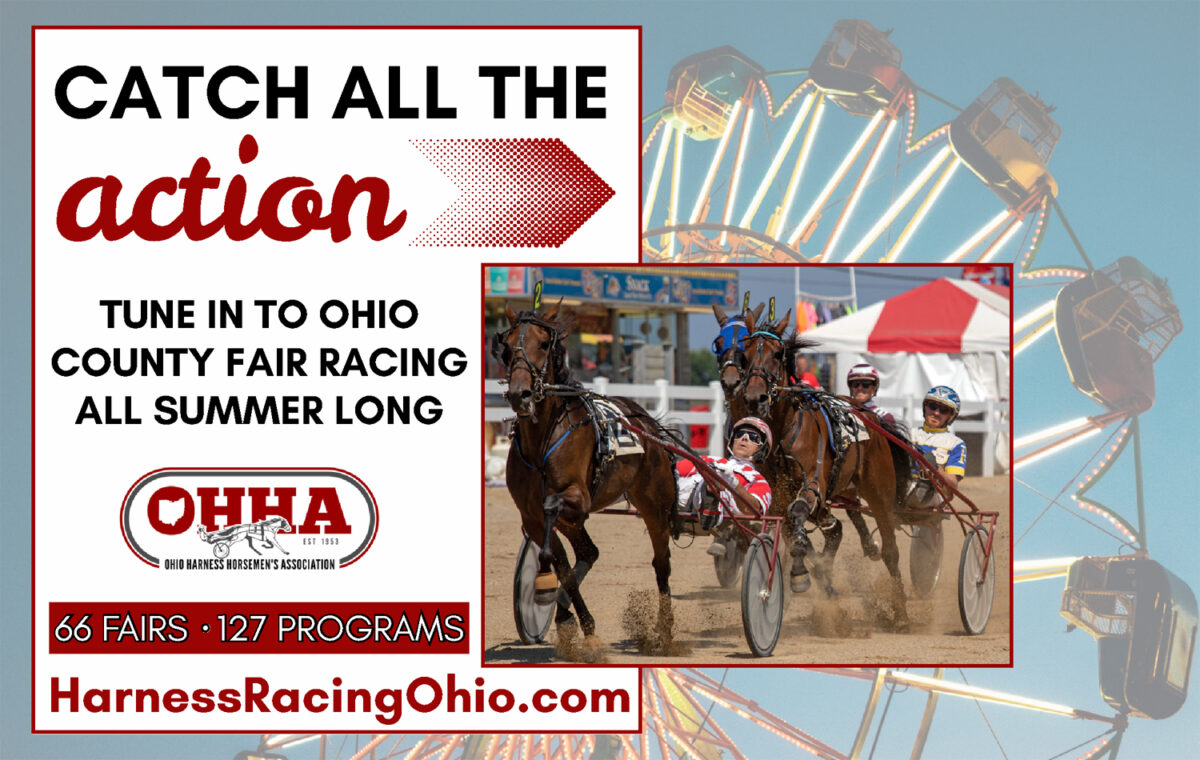The Jug’s short field was a symptom of a bigger Issue
With fewer and fewer owners buying yearlings, it was inevitable.
by Dean Towers
When you opened your email or social media feeds last week it didn’t take long to learn that the 2017 Little Brown Jug only attracted eight entries. This was a problem for a lot of us who enjoy the event, because the Jug is three or four eliminations; race offs; a set of races built into the entire day. It’s the Jug.
When something like this happens in the sport (especially when it involves one of the iconic races like the Jug), what invariably follows are folks offering solutions:
“Eliminations should be raced the week before. Horsepeople don’t want heats.”
“The purse needs to be raised.”
“It’s a half mile track and no one wants to race on those anymore.”
“It’s so post driven. Maybe a slanted starting gate would help the outside posts.”
“Ray Schnittker was right!”
I don’t want to belittle well-meaning people’s suggestions to make a race better, and I have no doubt some of those solutions would have a positive effect on the race itself. But, in my view, they all attack a symptom without mentioning the underlying cause.
The big picture fact is: harness racing doesn’t have enough horse owners. And the horse owners who are left are unwilling to play the big stakes game like they once did.
First off, on the macro level, it’s no secret foal crops are down, despite purses hovering at or near historical levels. This makes little sense, but it’s a cold hard fact. Harness racing, for more reasons than we can list, is not attracting the breadth of horse owners at yearling sales like it did even a decade ago.
On the micro level, in year’s past, races like the Jug – or any other stakes race, frankly – had little trouble scaring up entries. With big foal crops came more choice, and those of us bidding on yearlings with potential were at the sales, looking for a superstar. We knew we weren’t able to compete with the big owners on price, but there was plenty to choose from, and we knew we had a chance on the grand stage if we got lucky.
It’s not like that any longer. Many of these partnerships have dissolved, and why they did is perfectly rational.
In recent years, if you nabbed a nice little trotter for a bargain price and it showed ability, there’s a good chance that your first stakes race is against a three-horse entry from one huge barn, and a two-horse entry from another huge barn. Your horse, on paper, could be 4-1, but in reality you are nowhere near that price. I want to be clear that the big stables (and their drivers) are doing absolutely nothing wrong in these races, but for the $25,000 yearling buyer, it’s a formidable mountain to climb.
For every action there is an opposite reaction, and from what I’ve seen over the past 10 years, is that some of these small stables realize just how difficult it is, and they pivot. Sires stakes money is so good and you can make almost as much — or in some cases much more (ask Ken Jacobs) — by completely avoiding the Grand Circuit races (that involve making scores of stakes payments). I think we’ve seen the sires stakes programs – fuelled with slot money – make people think twice about trying to compete on the big stage. You can draw into a division away from power barns, race for good money, and your 4-1 horse actually has a 4-1 chance to win the race.
Why enter the Jug or Meadowlands Pace to get your head handed to you, when you can race for so much money at home?
When we add in myriad issues, like small purses for maidens through non-winners of four, and the lack of open (non-state bred) two-year-old races at racetracks for any formidable purse, I believe there are more and more incremental reasons to not want to buy horseflesh to compete in open events.
Maybe this isn’t a problem; perhaps sires stakes programs attracting the mom and pops and smaller stables is the way it should be; maybe short fields at the Jug, or Old Oaken Bucket, or Meadowlands Pace (and on and on) are the new reality. Maybe this is simply a system that’s shaken out the money that would’ve been dead on its own anyway. But I think the sport can do better. I firmly believe that if racing makes the open events and yearling buying more palatable for the horse owner, they will buy horses, and enter harness racing’s storied races once again.

















